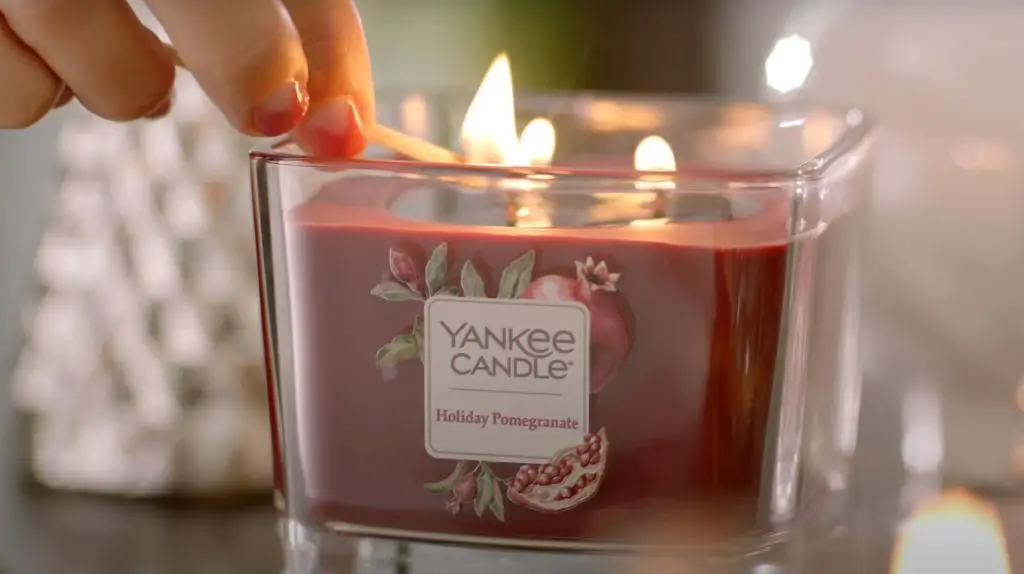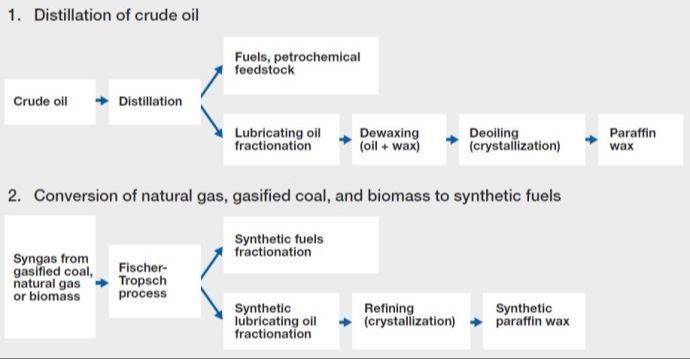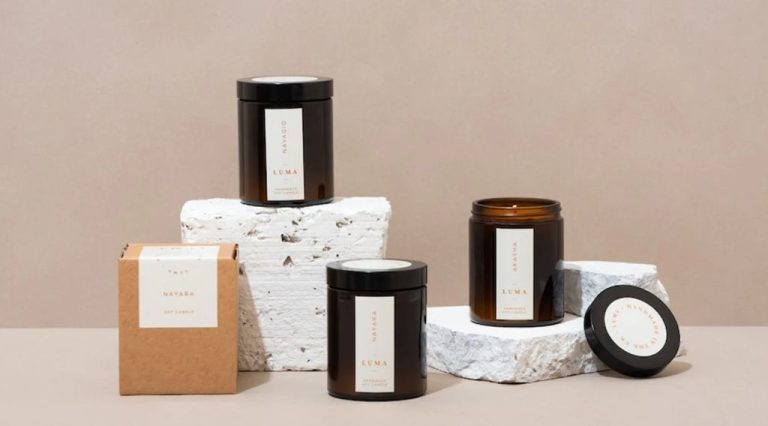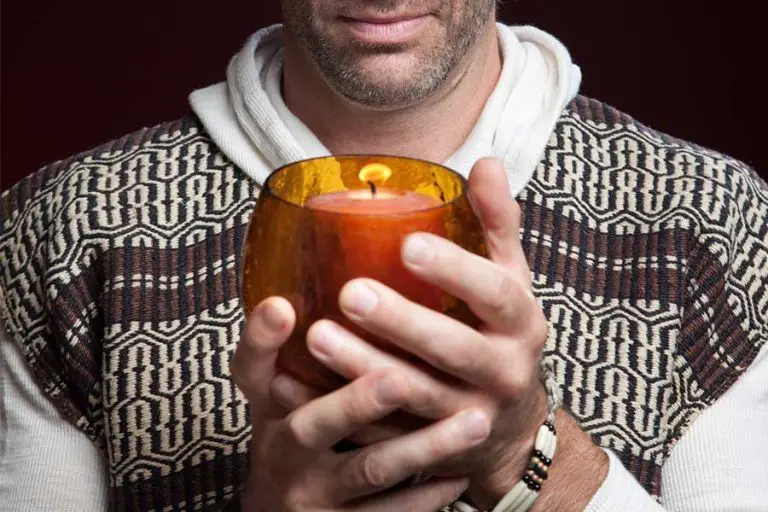What Was The Candle Store In The 80S?
The 1980s was an era of growth and evolution for the candle industry. Candles had been around for centuries, with early versions made from animal fat or beeswax. But it wasn’t until the mid-19th century that modern candlemaking emerged, with paraffin wax and stearic acid allowing for standardized, mass production.
By the 1980s, candles were ubiquitous in American households and a staple product at most retailers. The industry was dominated by large manufacturers who sold affordable, often scented, candles in glass and metal containers. Popular candle scents included floral, food, and spice varieties. While basic candles could be purchased at grocery and drug stores, specialty candle shops provided unique options in colors, shapes, scents, and materials.
The 1980s marked a period of rapid expansion for the candle industry. Candle specialty stores were popping up across the country, finding success as lifestyle retail brands. The product offerings became more creative and diverse, tapping into the era’s trends. Overall, candles gained status as an affordable luxury that allowed consumers to accessorize their homes and express individual style.
Popularity of Candle Stores
Throughout the 1980s, the popularity of shopping malls helped fuel the growth of candle specialty stores like The Candle Shoppe and Illuminations. As more malls were built, candle shops were able to open multiple mall-based locations to take advantage of foot traffic. The mall shopping experience created strong demand for scented candles and home decor items sold at candle shops.
The rise of lifestyle and specialty retail stores in malls gave candle shops a specialty niche that stood out from larger mall department stores. Shoppers were drawn to the sensory experience and gift potential of scented and decorative candles. As mall culture reached its heyday in the 1980s, candle stores flourished with steady popularity throughout the decade.
Notable Candle Store Chains
There were several major candle store chains that rose to prominence and popularity in malls and shopping centers in the 1980s. Two of the most well-known were Yankee Candle and Crabtree & Evelyn.
Yankee Candle started in 1969 in Massachusetts by Michael Kittredge. He came up with the idea to make candles after melting down some crayons to make a candle as a gift. By the 1980s, Yankee Candle had grown to a major retail chain with stores across the country. Known for their wide selection of scented candles, Yankee Candle offered unique fragrances like Christmas Cookie, Lilac Blossoms, and Clean Cotton. Their stores aimed to create an immersive sensory experience for customers.
Crabtree & Evelyn also grew rapidly as a scented candle and body care retailer in the 1980s. Founded in 1972 in Massachusetts, Crabtree & Evelyn emphasized natural ingredients and elegant packaging. Their stores evoked an English countryside apothecary aesthetic. Popular candle scents included Evelyn Rose, English Honey, and Lavender. By the mid-1980s, Crabtree & Evelyn had over 100 stores in North America.
Store Atmosphere
Candle stores in the 1980s were known for creating a warm, inviting ambiance for customers. As soon as you walked in, you were enveloped in the sweet, soothing scents of candles and fragrant oils. The stores often had low lighting and cozy furnishings to encourage customers to take their time browsing the aisles.
The scented air was a signature part of the candle store experience in the ’80s. Shelves were lined with jars of fragrant candles emanating aromas like vanilla, jasmine, cinnamon spice, and fresh linens. Wax melts filled the air with fruity and floral notes as they slowly released scent when heated. The mixtures of fragrances mingling together created a rich, nuanced scent that lingered even after you left the store. It immediately put customers in a relaxed, pampered mood.
According to reviews, the soothing ambiance made candle shops in the 1980s warm, welcoming places to not just shop for candles, but also to de-stress after a long day (cite url here). Customers often spent time sniffing the different candle scents and taking in the cozy atmosphere. The stores aimed to provide a mini-escape through engaging multiple senses at once.

Bestselling Candle Scents
Candle stores in the 80s were famous for their wide variety of scented candles. Some of the most popular scents shoppers looked for were vanilla, cinnamon, and fresh cotton.
Vanilla scented candles were hugely popular, providing a warm, comforting scent that worked well in any room of the home. The rich, decadent aroma of vanilla helped candle stores market their products as an affordable home luxury. Shoppers loved being able to make their homes smell like fresh-baked treats whenever they wanted.
Spicy cinnamon scented candles also sold very well. The festive cinnamon scent helped set the mood during the fall and winter holiday seasons. Cinnamon candles provided a cozy feeling and made homes smell like holiday baking. People enjoyed using cinnamon candles to make their homes more welcoming for guests during the colder months.
Fresh cotton scented candles replicated the light, clean aroma of laundry dried outside on a clothesline. These crisp, refreshing candles were popular year-round. The clean cotton scent helped create an inviting atmosphere, giving homes a breezy, outdoorsy scent. Fresh cotton candles were appreciated for their light yet uplifting fragrance.
Candle Holders
Candle holders in the 1980s came in a variety of styles and materials. Ceramic and glass were popular choices. Mikasa made frosted tulip-shaped candle holders in vibrant 1980s colors like bright pink and purple (https://www.pinterest.com/pin/1980s-pair-of-mikasa-frosted-tulip-shaped-candle-holders-in-2024–442619469666913550/). Ikea’s “Kräsen” collection designed by Ehlen Johansson in 1987 featured postmodern angular ceramic candle holders (https://www.etsy.com/market/1987_candle_holder).
Pewter candle holders were also common. They often had sculptural, artistic shapes like abstract human figures. Hammered finishes gave pewter holders an artisanal, handcrafted look. Pewter was an affordable material that allowed creative, decorative candle holders to be mass produced.
Candle Making Process
In the 1980s, most commercially made candles utilized paraffin wax. Paraffin wax is a petroleum byproduct that became popular in candle making because it is inexpensive and easy to work with. The wax is melted and dyes and fragrances are added. Wicks are inserted into molds which are then filled with the melted wax mixture. Once cooled and hardened, the finished candles are removed from the molds.
While paraffin was common, there was a resurgence of interest in handmade candles during this time. Hand dipping candles dates back centuries and involves repeatedly dipping a wick into melted wax to build up layers. This technique allows for creativity in shapes and colors but is more labor intensive compared to pouring melted wax into pre-shaped molds.(1) The handmade candle trend paved the way for soy wax to gain popularity as a natural alternative to paraffin in the 1990s and 2000s.
Pricing
In the 1980s, candle prices varied widely depending on the size and brand of the candle. Smaller votive candles could cost as little as 50 cents each, while large pillar candles from premium brands like Yankee Candle could cost $10-$20 or more.
According to a 2005 Los Angeles Times article, Yankee Candle helped popularize more expensive, premium scented candles in the 1980s, with prices ranging from $2 for votives to $15 or more for large jars. More mass-market brands like Scented Treasures sold scented candles for $1-2 in drugstores. Beeswax candles were generally more expensive than standard paraffin wax.
By the late 1980s, discount stores like Walmart and Kmart were able to offer candles for very cheap, sometimes undercutting specialty candle shops. But many consumers were still willing to pay premium prices for high-quality, strong-scented candles from Yankee Candle and other brands.
Competition from Other Retailers
Though candle specialty stores saw success in the 1980s, they faced increasing competition from department stores and gift shops that also sold candles (https://candles.org/history/). Major department store chains like Macy’s, JCPenney, and Sears began to expand their candle offerings to compete for sales. These larger retailers were able to offer a wider variety of home goods alongside candles, making them convenient one-stop shops. Their buying power also allowed them to negotiate lower wholesale prices on candles.
Gift shops and card stores like Hallmark were another source of competition. They sold candles targeted as gifts rather than just home decor. Their focus on giftables allowed them to introduce more novelty candle designs and packaging. While specialty candle stores still maintained an edge in candle selection and expertise, these other retailers ate into their market share. The competition forced candle specialty stores to differentiate themselves through better branding, customer service, and loyalty programs.
Decline and Evolution
By the late 1980s and early 1990s, candle stores began facing increased competition from big box retailers like Walmart, Target, and Kmart, which were able to offer candles and home decor items at lower prices (https://en.wikipedia.org/wiki/Wicks_%27N%27_Sticks). Many standalone candle stores struggled to compete on price and started closing down locations.
While chains like Wicks ‘N’ Sticks eventually went out of business, candle stores did not disappear completely. Some adapted by expanding their offerings beyond just candles to other home decor items. Others focused on niche or higher-end candle products that couldn’t be found at the big box stores. Candle specialty stores today tend to focus on custom candles, high-quality ingredients, unique scents, and an in-store experience that can’t be replicated by mass retailers (https://onmilwaukee.com/articles/wicks-n-sticks). Many candle stores successfully cater to candle enthusiasts looking for something beyond what’s available at the typical big box store.





